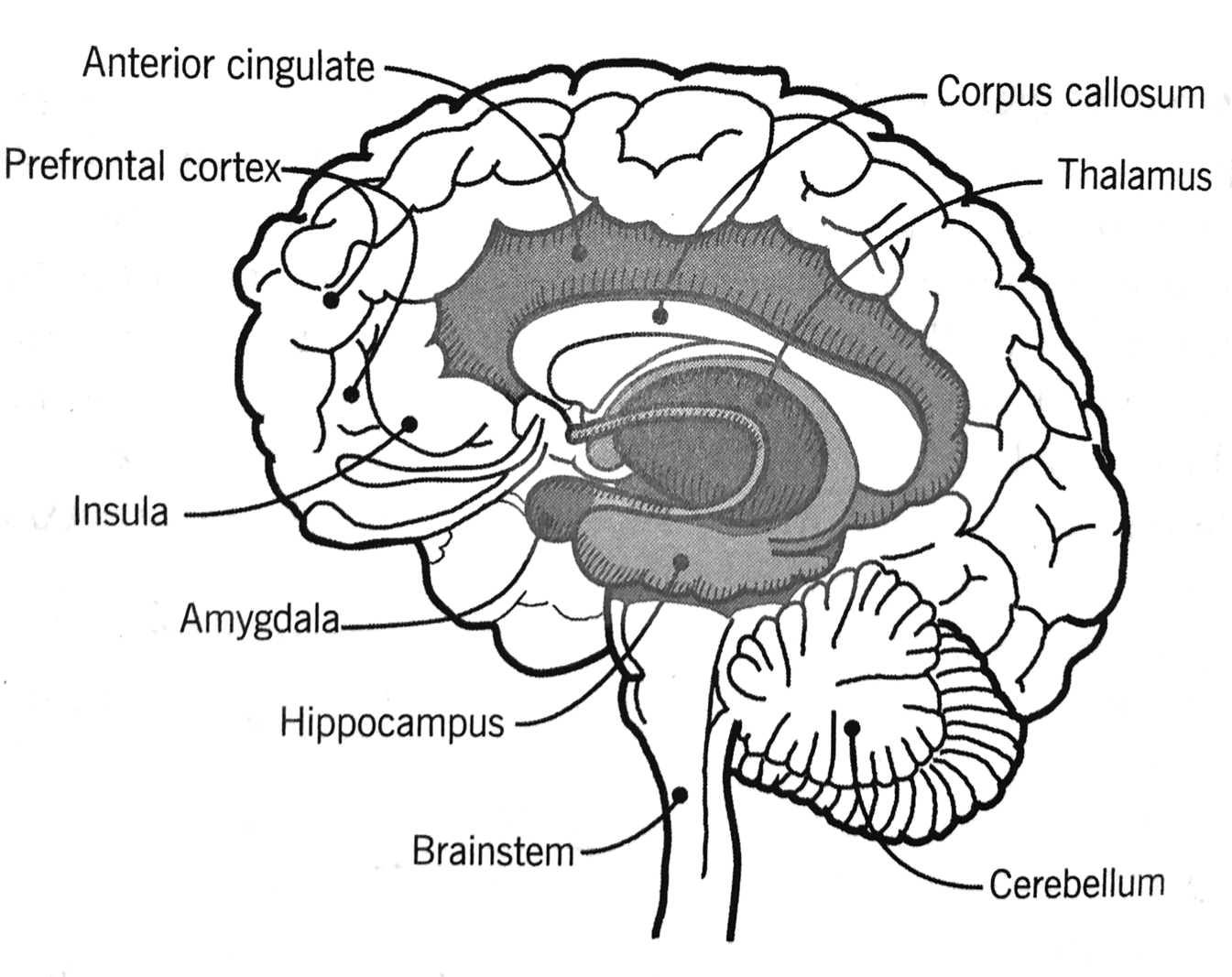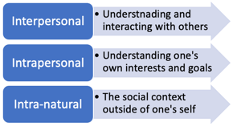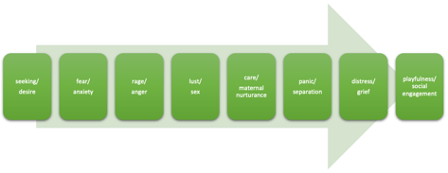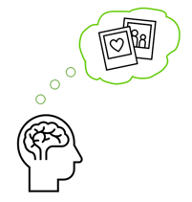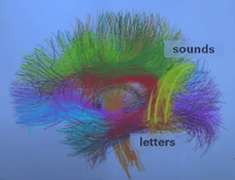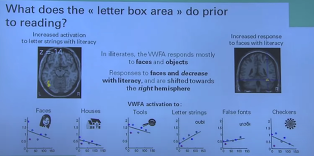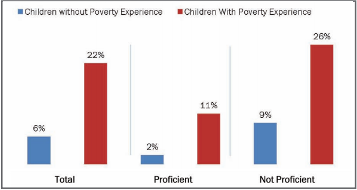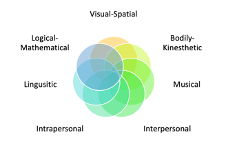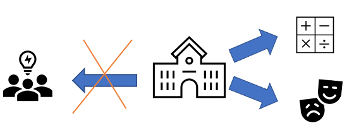Baum, A., & Peterson-Hickey, M. (2013, February). Adverse Childhood Experiences in Minnesota Executive Summary [PDF file]. St. Paul: Minnesota Department of Health. Retrieved from https://www.health.state.mn.us/docs/communities/ace/acesum.pdf
Brain Matters. (2020, January 28). Brain Matters documentary early childhood development [Video]. Youtube. https://www.youtube.com/watch?v=Rw_aVnlp0JY&feature=youtu.be
Densley, E. (2015, March 10). Daniel Goleman Explains Emotional Intelligence 247 to 843 mins [Video]. Youtube. https://www.youtube.com/watch?v=IF1XAI0SIzc&t=218s
Fast ForWord Reading Program. (2008, September 15). The Reading Brain and the Fast ForWord program [Video]. Youtube. https://www.youtube.com/watch?v=QsSUamFekwI
Harney, M. A. (2020, October 6). Attachment [PowerPoint slides]. Google Slides. https://docs.google.com/presentation/d/1zmSgExYwZcNhO9QHkFj5nD3KRPriPUfR6MVb6RiR0sI/edit#slide=id.p3
Harney, M. A. (2020, October 27). Emotional Development [PowerPoint slides]. Google Slides. https://docs.google.com/presentation/d/1zmSgExYwZcNhO9QHkFj5nD3KRPriPUfR6MVb6RiR0sI/edit#slide=id.p3
Hernandez, D. J. (2011, April). How Third-Grade Reading Skills and Poverty Influence High School Graduation [PDF file]. Annie E. Casey Foundation. Retrieved from https://files.eric.ed.gov/fulltext/ED518818.pdf
Lane, C. Multiple Intelligences. Gardner's Multiple Intelligences. http://www.tecweb.org/styles/gardner.html
MindPositiveParent. (2011, April 27). Dr. Dave Walsh the marshmallow experiment on WCCO News [Video]. Youtube. https://www.youtube.com/watch?v=2H9eU5NCqr8
Numberphile. (2012, July 24). Dyscalculia – Numberphile [Video]. Youtube. https://www.youtube.com/watch?v=p_Hqdqe84Uc
Perry, B. D. (2015, May 1). Bruce Perry: The Body's Most Fascinating Organ: the Brain. Chicago Ideas. https://www.chicagoideas.com/videos/the-body-s-most-fascinating-organ-the-brain
Perry, B. D. (2016, December 13). The Brain Science Behind Student Trauma. Education Week. https://www.edweek.org/ew/articles/2016/12/14/the-brain-science-behind-student-trauma.html
Peter Wall Institute for Advanced Studies. (2013, April 30).Interview with Dr. Stanislas Dehaene, Peter Wall Distinguished Visiting Professor [Video]. Youtube.https://www.youtube.com/watch?v=23KWKoD8xW8
PsychAlive. (2011, March 3). Dr. Dan Siegel on emotional balance [Video]. Youtube. https://www.youtube.com/watch?v=UARGKHTIUOM
Siegel, D. J. (2020). The developing mind: how relationships and the brain interact to shape who we are (3rd ed.). Guilford Press.
Sousa, D. (2012, December 4). What is mathematics?. How the Brain Learns: The Blog. https://howthebrainlearns.wordpress.com/tag/david-sousa/
Starting Points: Meeting the Needs of Our Youngest Children. Carnegie Corporation of New York, 1994, https://www.carnegie.org/publications/starting-points-meeting-the-needs-of-our-youngest-children/
TED. (2007, January 6). Do schools kill creativity? Sir Ken Robinson [Video]. Youtube. https://www.youtube.com/watch?v=iG9CE55wbtY
TED. (2011, February 18). The linguistic genius of babies [Video]. Youtube. https://www.youtube.com/watch?v=G2XBIkHW954
TED. (2011, October 10). Alison Gopnik: What do babies think?[Video]. Youtube. https://www.youtube.com/watch?v=cplaWsiu7Yg
TEDx Talks. (2012, April 11). TEDxEnola - Dr. Mariale Hardiman - The Brain-Targeted Teaching Model [Video]. Youtube. https://www.youtube.com/watch?v=ZUbyi5Acc2U
Therapist Uncensored Podcast & Community. (2018, June 28). How we come to define ourselves, attachment research over decades with guest Alan Sroufe [Video]. Youtube. https://www.youtube.com/watch?v=bgqBelXr1bE
Vasconcelos, K. (2017, April 4). 3 Ways Poverty Impacts Children Learning to Read. Fast ForWord Scientific Learning. https://www.scilearn.com/3-ways-poverty-impacts-children-learning-read/
Waldinger, R. (2015, November). What makes a good life? Lesssons from the longest study on happiness [Video]. TED. https://www.ted.com/talks/robert_waldinger_what_makes_a_good_life_lessons_from_the_longest_study_on_happiness
WISE Channel. (2013, October 25). How the Brain Learns to Read - Prof. Stanislas Dehaene [Video]. Youtube. https://www.youtube.com/watch?v=25GI3-kiLdo
